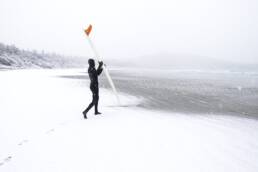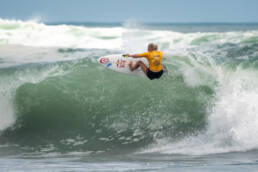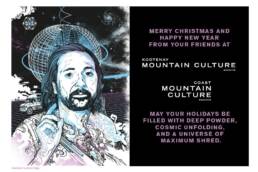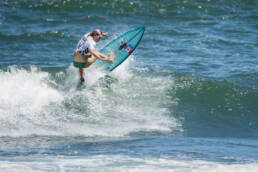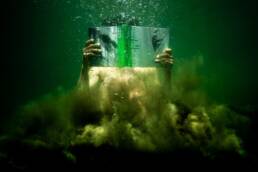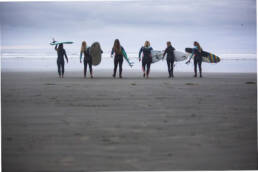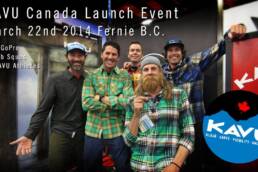In July 2017 Tofino surf photographer Marcus Paladino did a takeover of the Coast Mountain Culture Instagram account and the pics were stunning. During the process, though, it got us to thinking, why do people voluntarily work and play in water that’s 10°C? So we asked him.
Canadian surfer Garrett Holt once said of photographer Marcus Paladino that he spends “more time in the water than most surfers in Canada would be comfortable with.” And that water ain’t warm. Your average in-ground pool temperature hovers around 25°C but the waters off the west coast of Vancouver Island can be less than half that. But Marcus spends hours at a time bobbing, swimming, surfing and shooting in the ocean for clients that range from Reef and Rip Curl to SURFER and, of course, Coast Mountain Culture. We decided to ask him what’s the coldest he’s ever been and his answer might surprise you.
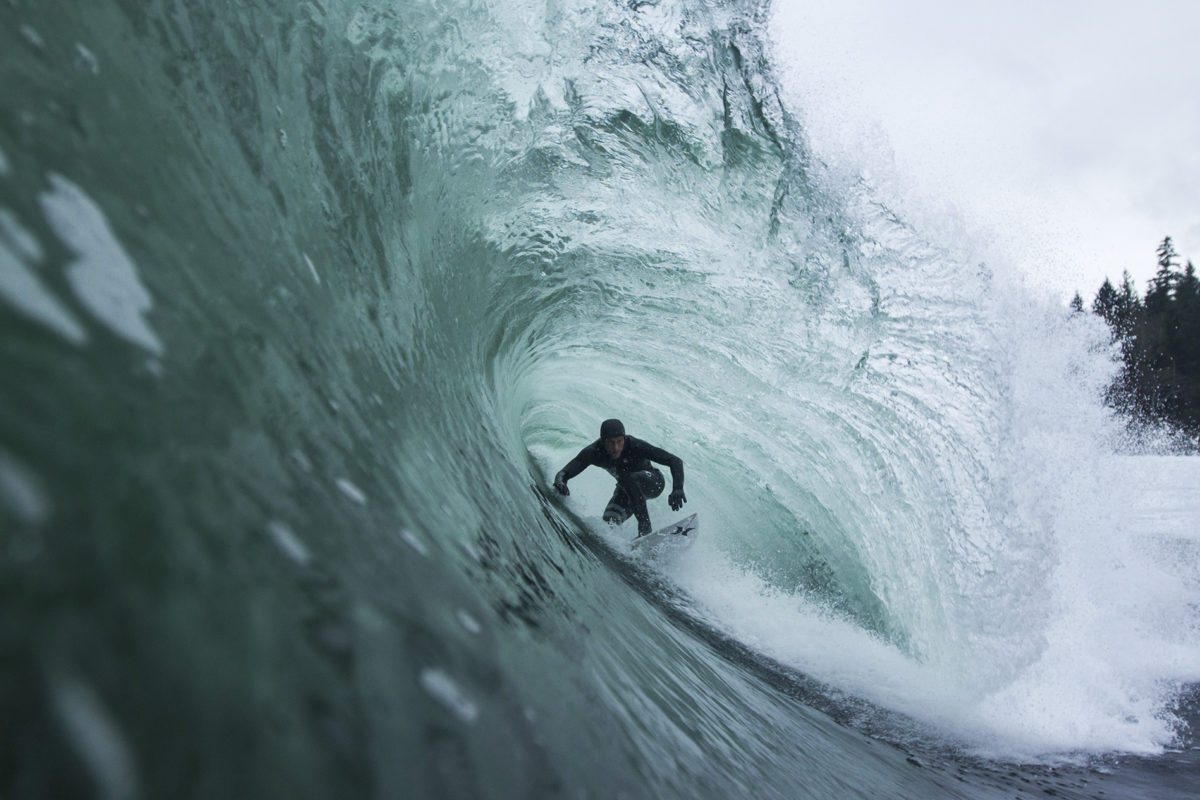
Hey Marcus. You live in Tofino now but where did you grow up?
I’m originally from Nanaimo, on the east side of Vancouver Island. Most people know it as the place with the ferry terminal and home to the ‘Nanaimo Bar.’ It’s a great town to grow up in, but it’s also an easy place to get stuck in. As soon as I graduated from high school, I knew I had to leave. To this day I still don’t know what I was looking for, I just knew it wasn’t there. I lived in a few different places around BC throughout the following couple of years but found myself in Tofino during the summer of 2011. I knew while riding the bus along that narrow ending road, I was on my way home.
What’s your professional background? Have you always been doing photography?
I received my Professional Photography Certificate from the North Island College. At the time it was just a good excuse to not become a carpenter and go snowboarding almost every day. I loved photography, and though I didn’t know if it would necessarily become a career I was excited to learn as much as I could about it. That being said, it turned out school wasn’t for me. It felt like a competition instead of a learning experience. My peers would argue about marks and complain about other students. Out of the 20-some-odd students in the program, only two of us (myself and Tieran Green) are doing photography full-time. Ironically, we were the two students that everyone said wouldn’t make it.
When did you start surfing? What other water pursuits do you do?
I actually didn’t start surfing until I moved to Tofino. I lived in a staff accommodation full of guys who were all avid surfers, they took me under their wing and taught me everything I know. I’m forever grateful for that opportunity, it’s shaped me to become the surfer I am today. For the first few years of shooting surf I couldn’t afford a water housing, so I was landlocked. As soon as I got one I had to make up for lost time. I would swim so much the skin off my knees would bleed. Swimming with my camera has become such a passion. Besides the physical aspect, it’s such a mental challenge as well. Making split-second composition decisions, while being as close as possible to the action without getting in the way is a rush.
Why are you so drawn to photographing cold water destinations?
Growing up near the cold water has sort of shaped me, I can relate to it a lot more than warmer environments. In my opinion, a photo of someone in head-to-toe neoprene tells way more of a story than one of surfing just in board shorts. I’ve always thought that people have to be a little insane to really get into surfing (myself included) and even more so in cold water. Maybe that’s why it’s so special, because not everyone is willing to suffer to succeed.
What’s the coldest you’ve ever been?
When I worked construction in Whistler, it was -15°C at the base with -25°C windchill. If I blinked too slowly I could feel my eyelids freezing shut. I owe my work ethic and who I am today because of that job. When I get cold or tired, I always compare the pain to that and it never comes close. This one time I was swimming with my camera in the middle of winter for almost four hours – the waves were pumping but there were huge lulls between sets. I couldn’t feel my hands or feet and I was shivering so hard my teeth were chattering. When I finally made the call to go in, I took the wrong way in and got washed up on the rocks. I’m not really sure what happened when I got to the beach, I may have blacked out because I don’t remember eating my food but the empty container was sitting in my lap. I ended up with only one good shot that session (see above) and I still have the scar on my back. Worth it.
What’s some advice you have for kids interested in getting into this type of work?
Don’t expect instant gratification, especially in surf photography. Practice and persistence pay off. It’s just a matter of putting in the work. Abide by the Casey Neistat quote: “Work hard and take risks, because those are two things most people aren’t willing to do.”
To see more of Paladino’s work, log on to marcuspaladino.com.
Related Stories
Surf Canada Now Ranked Top 10 In The World
Thanks to an historic showing at the World Surfing Games in Japan, the Surf Canada team is now ranked 10th overall in…
Sanuk Canada Wants to Bring you Surfing In Tofino
Get on it, friends... Facebook Use the attached FACEBOOK.jpg image to post in Facebook Use this pre-populated contest…
Surf Canada Set to Compete at Historic Competition In Japan This Month
Surf Canada is among 55 nations and 240 athletes that have gathered in Miyazaki, Japan to celebrate the 2019 ISA World…
Canadian Surf Photographer Marcus Paladino Releases His Book “Cold Comfort”
Tofino surf photographer Marcus Paladino has released his coffee table book "Cold Comfort," which showcases bangers…
Tofino’s Surf Sisters Are Queens of the Peaks
The global cold-water cosmos knows Tofino, British Columbia's Surf Sister, an all-inclusive school that has stewarded…
KAVU Canada Lands First in Fernie
On March 22, 2014 KAVU & Elevation Showcase Presents KAVU Canada. KAVU athletes and KAVU staff will be dropping…


